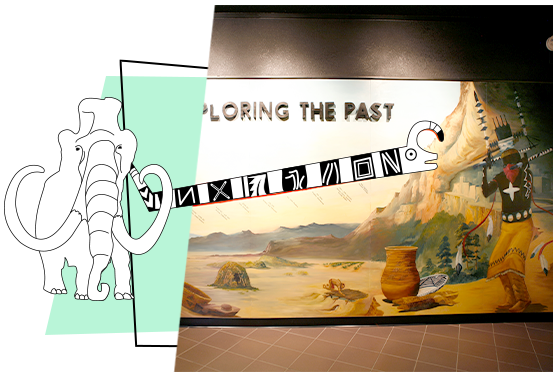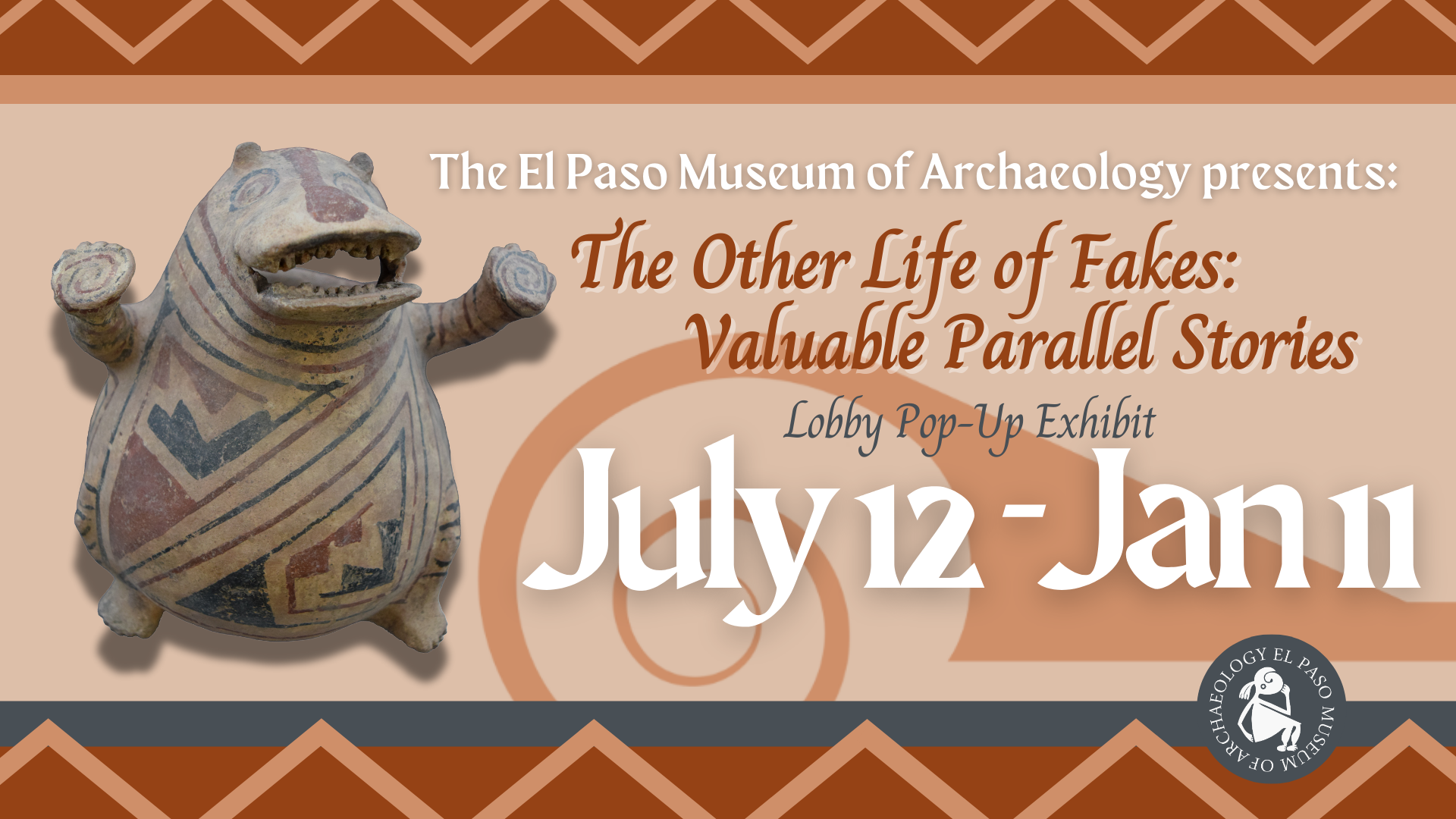
The Other Life of Fakes: Valuable Parallel Stories
July 12 through January 11
Showcasing some of the fakes present in EPMArch holdings, this exhibit will cover what is defined as a fake, what is the damage that it causes to the historic and cultural interpretation of ancient cultures when not properly identified as a fake, and how fakes are being used by museums in new educational and interpretive ways, as they do have their own stories to tell that inevitably diverge from the official history. Those stories are what we call valuable parallel stories, giving extraordinary value to pieces that decades ago were dismissed as of little or no value at all. We will largely focus on the story of fakes, with detailed stories regarding the Mesoamerican fakes in Mexico, and, closer to us, with the small town of Mata Ortiz and the lesser-known story behind their ceramic-making renaissance, centered around the production of fake ceramics imitating the ones from the ancient Casas Grandes culture of northern Chihuahua, Mexico. We challenge the public to observe several of the pieces on display and to share with the museum their input as whether those are real ancient artifacts or modern fakes.
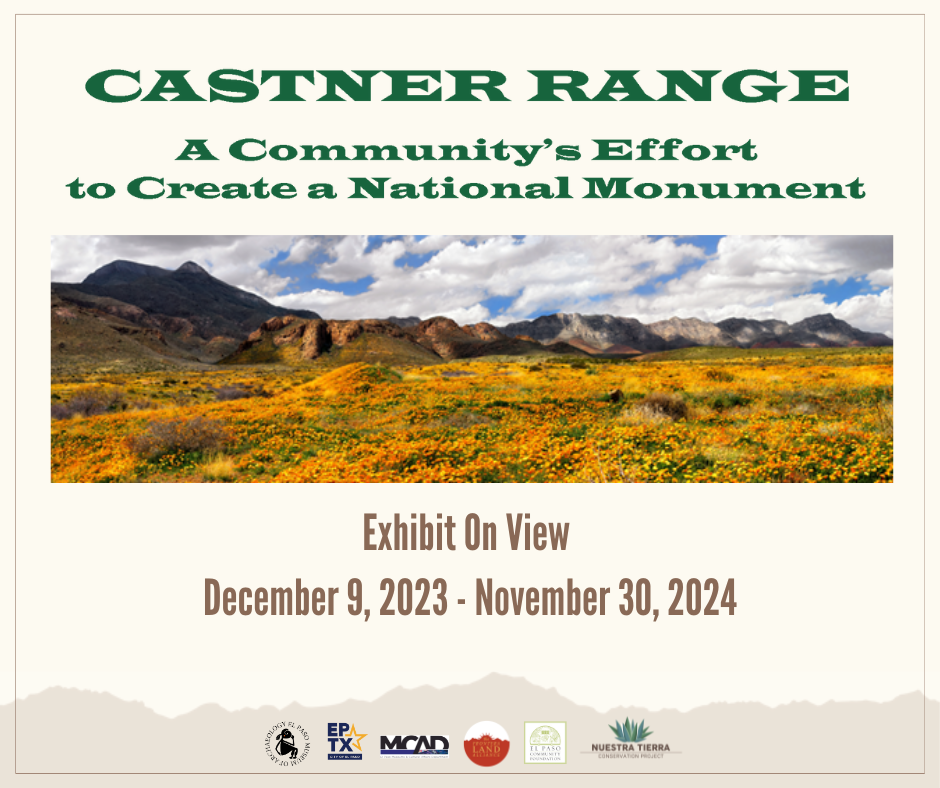
Castner Range, A Community's Effort to Create a National Monument
December 9, 2023 to November 30, 2024
This exhibit focuses on the biodiversity and archaeological conservation, history of the range and the preservation movement that led to the proclamation of the national monument.
Exhibit is brought to you by the El Paso Museum of Archaeology, Museum and Cultural Affairs Department and the City of El Paso, and with the support of the El Paso Community Foundation, Nuestra Tierra Conservation Project and The Frontera Land Alliance.
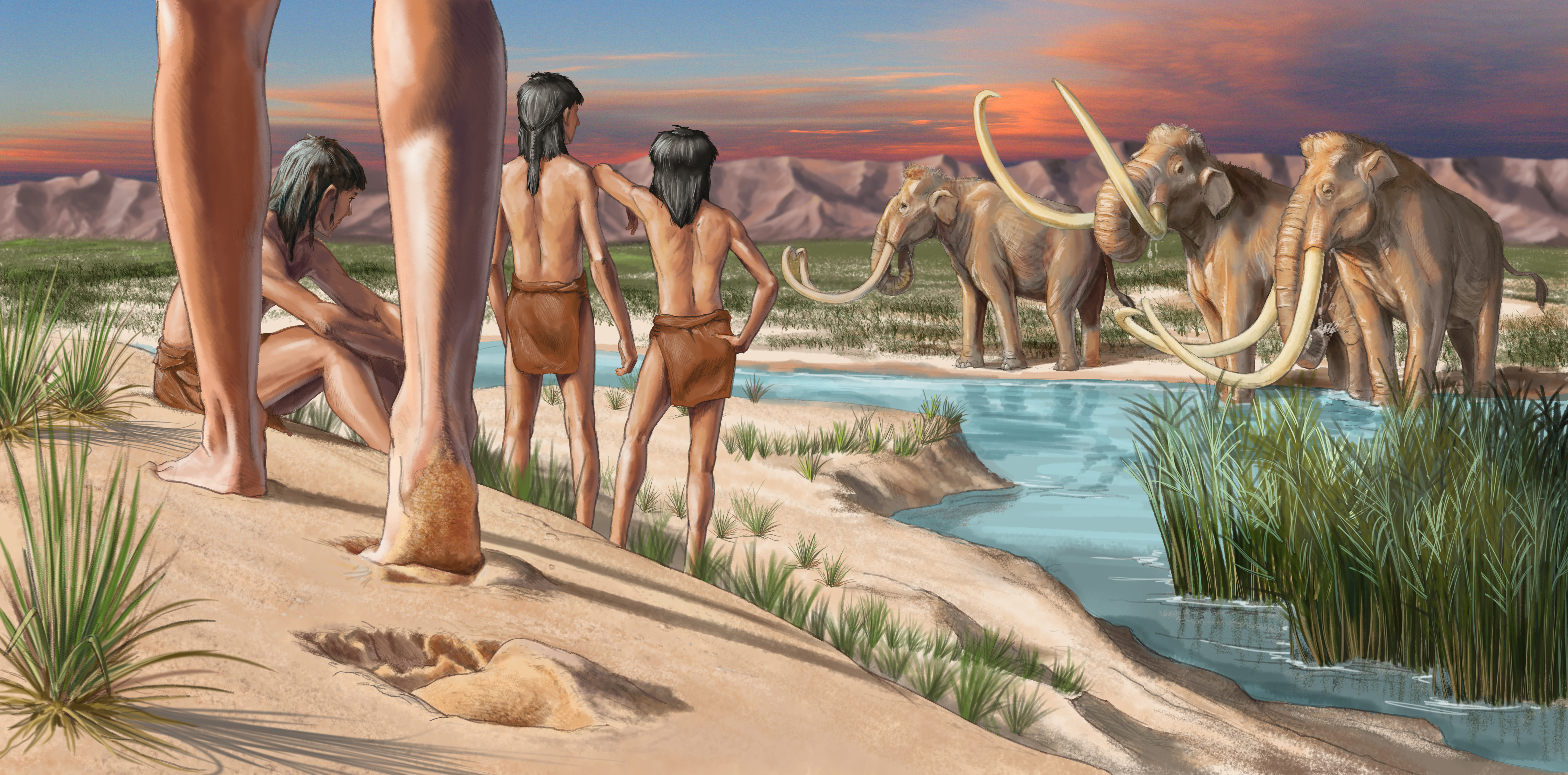
White Sands: Fossil Tracks/Huellas Fósiles
The human footprints recently discovered in White Sands are dated to be about 23,000 to 21,000 years old. This exhibit showcases detailed information about various sites and the interaction of ancient humans with their environment, especially with the last Ice Age megafauna. On display are two casts and molds of both human and animal prints, created by Fab Lab El Paso, and two real samples of the strata layers, with one of them showing the seeds used to date the foot prints, generously donated by White Sands National Park.
Featured as one of the top ten world archaeological discoveries in 2021 by Archaeology Magazine, it has proven to be crucial in the studies of early human occupation of the Americas, helping us understand that human arrival to the continent clearly happened before the 12,000 B.C. mark. The White Sands National Park discoveries change this, providing footing for more exciting finds in the future.
Image courtesy of White Sands National Park.
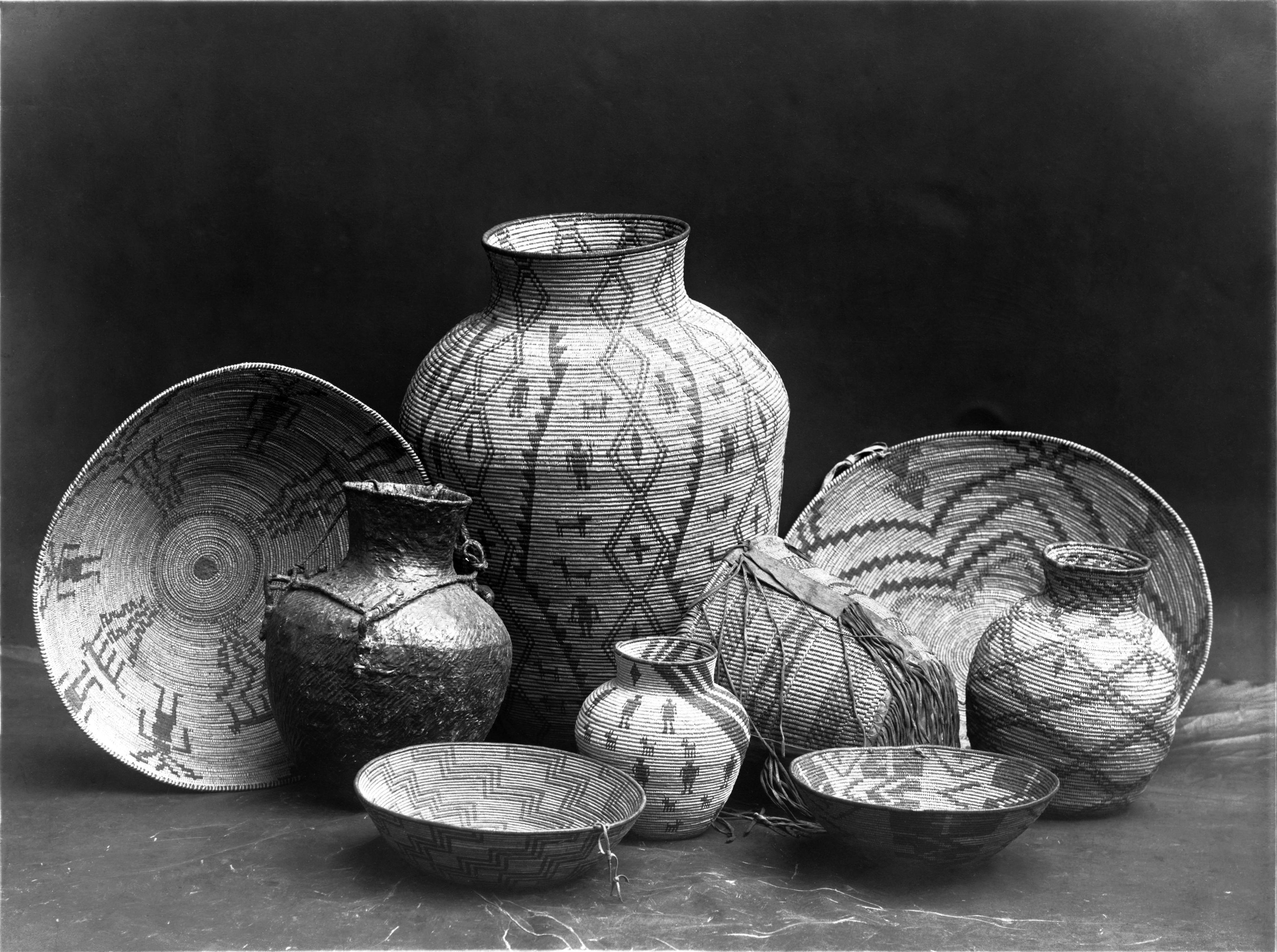
Woven Treasures, Baskets from the Museum Collection
This semi-permanent exhibit showcases Native American basketry from the Southwest region as well as pieces from California, The Pacific Northwest, and the state of Chihuahua, Mexico.
Most of the baskets in exhibit date from the late 19th century to the first half of the 20th century and form part of our museum's permanent collection.
From being simply functional to having ceremonial or sacred purpose, we are pleased to honor the basket weavers that have been creating authentic pieces of art since at least 10,000 years ago worldwide.
Apache Baskets, Edward S. Curtis, 1907. Courtesy of American Indian film gallery, culture of Apache tribes and Hopi tribes, https://scalar.usc.edu/works/american-indian-film-archive/apache-arts-and-crafts

